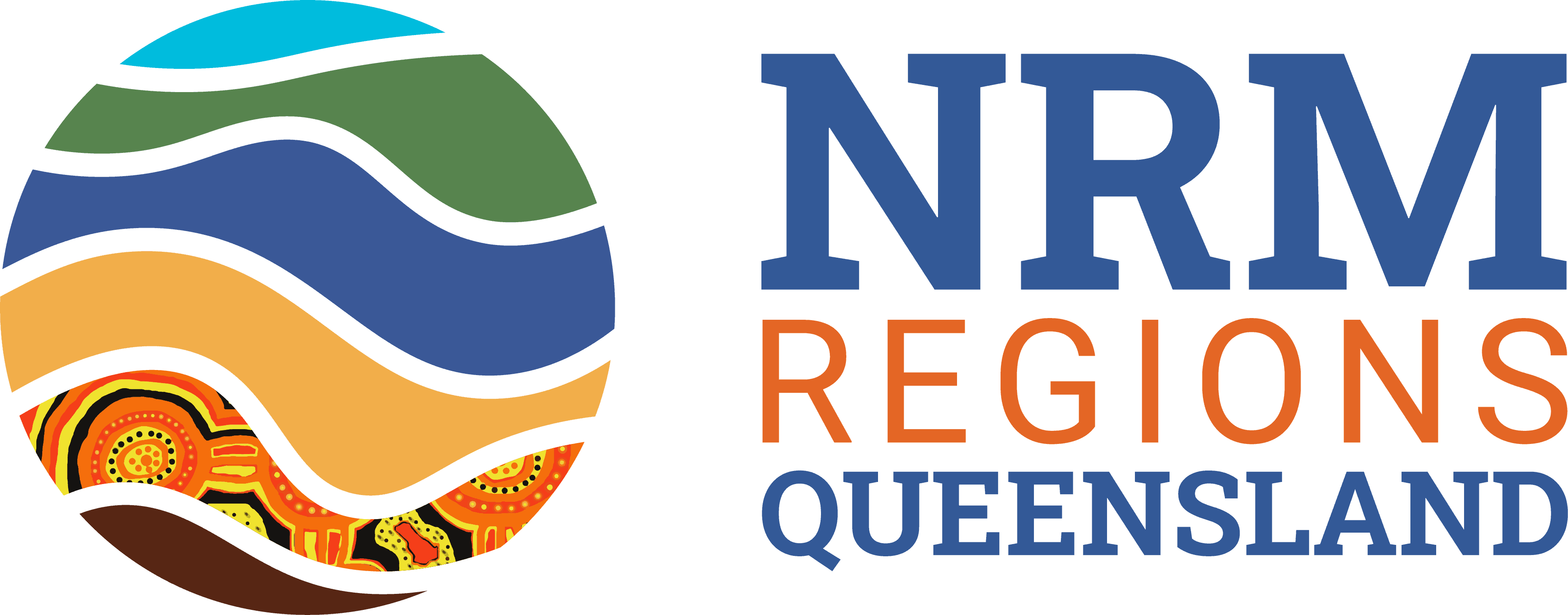Biosecurity: safeguarding biodiversity, agriculture and human health
Investment required:
$18.8 million over four years
Invasive species cost Australia more than $20bn a year and in Queensland alone, there are 92 significant pest plants and animals that wreak havoc on ecosystems and on important agricultural lands. They outcompete native plants, prey on our wildlife, reduce agricultural productivity, impact tourism and affect human health and community wellbeing.
Biosecurity is a huge threat to agriculture, which is forecast to generate $23.67bn for the state in 2023-24. Climate change will exacerbate biosecurity challenges and therefore the cost associated with taking action. To protect crops, livestock and regional assets from diseases and pests that result in reduced soil health and yields, increased production costs and potential trade restrictions, we must share responsibility for effective control of invastive species.
What we’re proposing
43 jobs created (18 direct jobs)
19 First Nations groups engaged in biosecurity action
Our Actions
- Engaging 2500 farmers across south western Queensland in fast detection of biosecurity threats at the source and complete prevention of spread.
- Addressing emerging weed threats along the Gilbert River alongside Tagalaka Rangers.
- Managing key threats to three islands in the Great Barrier Reef lagoon, home to threatened ecological communities and animals such as the green turtle and loggerhead turtle.
- A whole-of-region program of works to address weeds and pests across the Southern Gulf of Carpentaria.
What makes these projects unique is that they have been identified by Queensland’s regional communities as local priorities in response to real biosecurity threats. They’re underpinned by regional NRM plans endorsed by the Australian Government and they’ll be managed by established and trusted regional organisations with runs on the board and deep connections across their communities.
